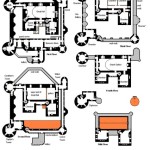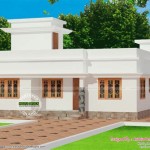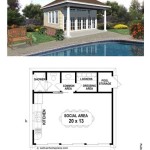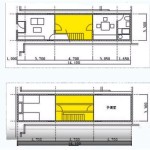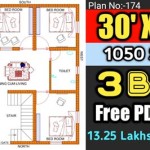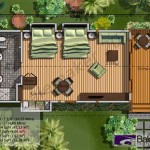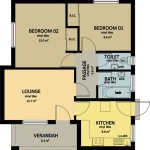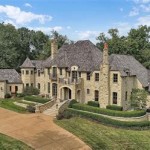Essential Aspects of Traditional Korean Home Floor Plans
Korean homes have a unique and distinctive floor plan that has evolved over centuries to reflect the country's cultural and environmental conditions. Understanding the essential aspects of these traditional floor plans provides insights into Korean history, lifestyle, and architectural ingenuity.The fundamental feature of a Korean home floor plan is the "ondol" system, which is a unique underfloor heating concept that provides warmth during cold winters. Ondol is achieved by routing hot air or smoke through channels beneath the raised floor, creating a comfortable and cozy living space above.
Another key aspect is the "maru," an elevated wooden platform in the center of the house. The maru was traditionally used for sleeping, socializing, and receiving guests. It was often adorned with elaborate decorations and paintings to enhance its aesthetic appeal and social significance.
The floor plan typically consists of three main rooms: the "anbang" (women's quarters), the "sarangbang" (men's quarters), and the "daecheong" (guest room). These rooms are arranged around a central courtyard, providing natural light and ventilation.
The anbang is the private domain of the women of the household and often includes a kitchen, storage room, and sleeping quarters. The sarangbang serves as a space for the male head of the family to conduct business and entertain male guests.
The daecheong is the largest and most formal room in the house, reserved for special occasions and welcoming guests. It is often decorated with intricate wood carvings, paintings, and other decorative elements.
The traditional Korean floor plan also includes "bangjja," or small rooms used for storage, study, or sleeping. These rooms are typically accessed through sliding doors or partitions, creating a flexible and adaptable living space.
In modern times, Korean home floor plans have evolved to incorporate contemporary architectural elements while maintaining certain traditional aspects. The ondol system remains a popular feature, providing energy-efficient heating, and the maru concept continues to be featured in modern homes, albeit with a more contemporary aesthetic.
Understanding the essential aspects of traditional Korean home floor plans not only provides insights into Korean culture but also serves as an inspiration for modern architectural designs that balance functionality, comfort, and cultural heritage.

Image Result For Hanok Blueprint House Traditional Korean

Korean Small Apartment Free Design 3d House Ideas Jeong Yong Hoon By Planner 5d

Plan Of General Korean Traditional Hanok House

Gap House By Archiwood Wxy Dezeen 3 Architectural Floor Plans Seoul Apartment

Modern T Shaped House In South Korea Idesignarch Interior Design Architecture Decorating E

Eugene Hanok Culture Center Dongdaemun Seoul South Korea Traditional House Plans Korean

The Future Of Home

Nerea Miauw Interiorismo 3d En Instagram 42 M2 Smallapartmentliving Smallapartmentdecor Smalla House Floor Design Apartment Plans

Where Is The Best 3d Floor Plan Rendering In 2024

Hanok The Remodeling Of A Traditional Korean House Impakter Plans

